By Liu Lihong
Institute for the Research and Preservation of Classical Chinese Medicine; Guangxi University of TCM
Translated by Tan Weiwu and Erin Moreland
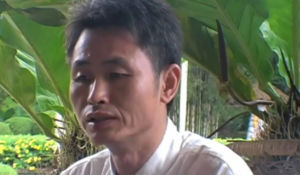
Liu Lihong
It is imperative that we ask the following questions: Does the Chinese medicine we see today, that we know of today, reflect what Chinese medicine truly is? Does the level of competence of doctors working in various Chinese medicine institutions today reflect the actual potential of Chinese medicine? And just what is this potential? Where do the apexes of Chinese medicine lie? Were they attained in ancient times or in recent times?
If what we see and know of today reflects what Chinese medicine truly is, we must ask ourselves whether it is still worthwhile to spend so much time learning it, devoting an entire lifetime to studying and realizing it. For me the answer would be “no,” as Chinese medicine today plays a relatively minor role, unworthy of its potential. Most would not find such a role worthy of the time and energy Chinese medicine requires. It is for this reason that I have raised the issue of “achieving a proper understanding,” hoping that through such a discussion, people will cease to be confused by what they see today and lose confidence in Chinese medicine.
It is of course important to learn how to apply a theory, once formed. In modern science, the application of theory tends to involve technology. In fact science and technology are oftentimes referred to together, technology being the bridge between basic theory and application.
In contrast to this, traditional culture exhibits a very strange characteristic—in-between theory and application, technology in the modern sense does not exist. There is no medium, no bridge between theory and application. In modern medicine, there is a huge technological medium…the whole of modern science, including physics, chemistry and biology lends itself to the services provided by this medium. As a result, the application of medical theory becomes relatively easy. But in Chinese medicine, the application of theory depends instead on the insightful understanding of each practitioner. This poses a problem [within the context of modern medicine].
Considering the issue regarding how well theory is grasped in the field, it is reasonable to next consider the nature of the transmission of learning in Chinese medicine. I use the word “transmission” to bring a classical flavor to the issue. The survival of any field of learning depends on its transmission, which warrants attention here.
Given the differences between traditional Chinese medicine and modern sciences touched on here, if the education model or paradigm for the latter is used in the teaching of Chinese medicine it is inevitable that many things will be lost in the process. And what is lost may well be precisely those things which are emphasized in—and the strengths of—traditional Chinese medicine. This prompts the question: What mode of education is most suitable for Chinese medicine?
With a history spanning more than two thousand years, the field of Chinese medicine is rich with examples of the transmission and reception of learning. Specifically, one type of experience that is worth considering is transmission between teacher and disciple. I believe such a mode of education is more advantageous for Chinese medicine, a unique field of learning.
The importance of transmission is due to the nature of this particular field of learning. Such a unique field does not lend itself to the kind of generalizations possible in modern science. This is especially so in the application of the medicine, which is not through a [technological] medium but through the direct effort of practitioners. This is why education in this field indeed requires direct oral transmission and teaching through personal examples. This type of education is difficult to obtain without the one-on-one guidance of a shifu.
Once the problem regarding the perception of Chinese medicine is resolved, greater confidence in it will arise naturally. And if education via transmission from a shifu were to become more readily available, the remaining task in reestablishing Chinese medicine’s standing would be to search for more effective methods in practice. In my opinion, to become truly competent in such a field, to truly grasp its value, one must pay attention to more than the technical aspect, which is purely medical in nature. Rather, one must also look into the scientific, philosophical and artistic facets of Chinese medicine, and try to gain some insight into these areas. To do this well, there is no other way but to rely on the canonical texts.
In his preface to Treatise on Cold Damage and Miscellaneous Diseases, Zhang Zhongjing wrote, “In the remote past, there were Shennong, Huangdi, Qi Bo, Bo Gao, Leigong, Shaoyu, Shaoshi, and Zhongwen; in the middle ages, there were Changsang and Bianque; in the Han Dynasty, there were Gongsheng Yangqing and Canggong. After that, I have not heard of any [great masters].” These words lead one to ask why it is that the nearer it was to the time the classical texts appeared, the more renowned the doctors and great masters were. And why is it that, far removed from the era during which the canonical texts appeared, renowned doctors and great masters were “not heard of”? This phenomenon warrants serious thought. But the more those of us in the field study these texts effectively, and the closer we come to grasping their essence, the closer we will come to the level of the great masters. This is the most fundamental significance for studying the canonical texts today. We emphasize the importance of them for this reason above all others.
The structure of the corpus callosum, and the kind of integration of thought that is made possible by its existence, brings us back to the title of this section, “Opening One’s Wisdom through Studying the Classics.” Reading and studying these texts in an effective manner is helpful in unearthing the “hidden treasure” of the right brain. It enables the common wisdom of human civilization to flow continuously to the conscious mind of the individual. If the canonical texts are considered from this perspective, it is easier to appreciate their significance and learn them well. They provide a tool for tapping into the flow that comes from a distant source.
Editorial note: Dr. Liu Lihong is arguably the most important Chinese medicine scholar of the younger generation in present day China. His controversial book Sikao zhongyi (Contemplating Chinese Medicine) became an instant bestseller when it was first published in 2003. Since then, it has attracted a larger and wider circle of readers than any other Chinese medicine book in modern times. His book represents the first treatise written in the People’s Republic of China that dares to openly discuss the shortcomings of the government sponsored system of TCM education in China, which informed the evolution of TCM around the globe.

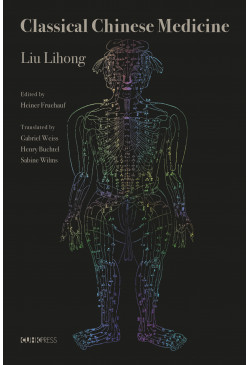
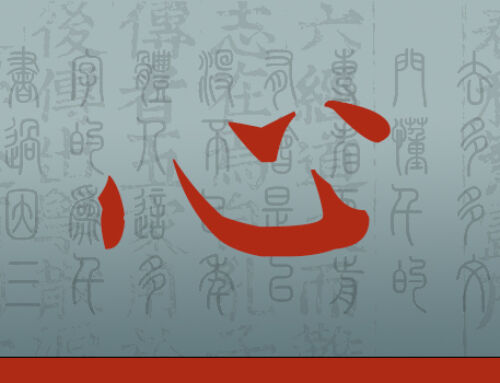

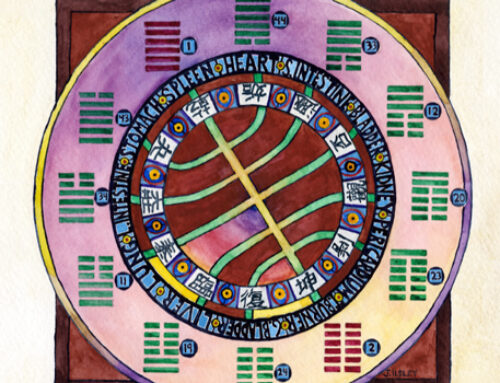
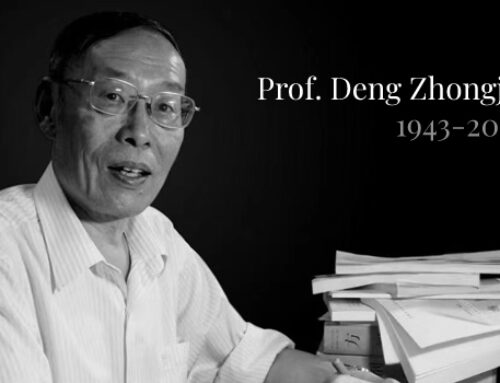



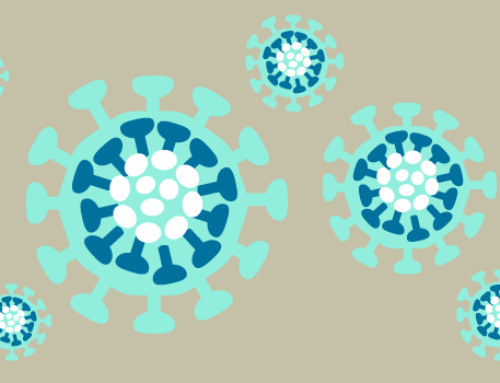
Are the 2 books by Liu lihong
Sikao zhongyi (Contemplating Chinese Medicine, 2003) and Kaiqi zhongyi zhi men (Opening the Door to Chinese Medicine, 2004)
available in English?
Thanks Rosemarie
As so many other things written about Chinese medicine in Chinese, neither of these books by my colleague Liu Lihong are presently available in English. However, since Sikao zhongyi has become such a flagship text for the renaissance of classical Chinese medicine in China and Southeast Asia, I have recently initiated the project of translating and publishing this book for Western readers. The first step will be publication in English and German (hopefully by the end of 2011). Heiner Fruehauf
Hi Heiner, did this translation ever come to fruition?
Si Kao Zhong Yi is and awesome book. One of the best modern books on Chinese Medicine and Shang Han Lun.
After 10 years of sustained effort, the English version of Sikao zhongyi (Classical Chinese Medicine) is finally with the publisher (Hong Kong University Press) and will be available for sale by June of 2018. Pre-orders can be requested at the publisher’s website: https://cup.cuhk.edu.hk/index.php?route=product/author/info&author_id=394
Thank you!
I would like to buy the English translation. The link given for the publishers above brings up a very rudimentary website. Online search does not bring up anyone who sells it. So what to do? Please advise.
Thanks for your message, Rose! We updated the post to include the press release with a link to CUHK. They list stateside places to purchase it as well, including e-book version. Heiner’s comment is also updated.